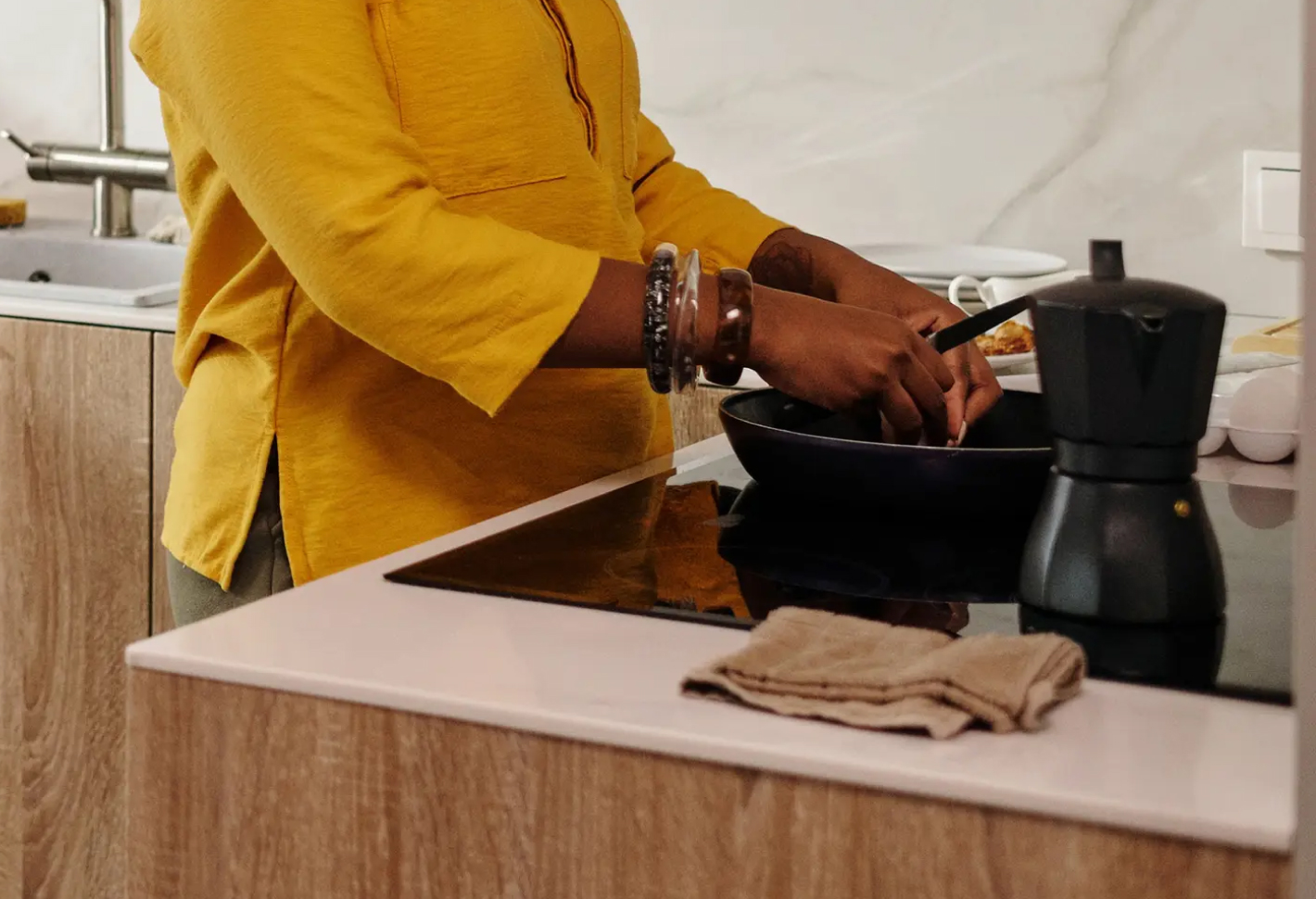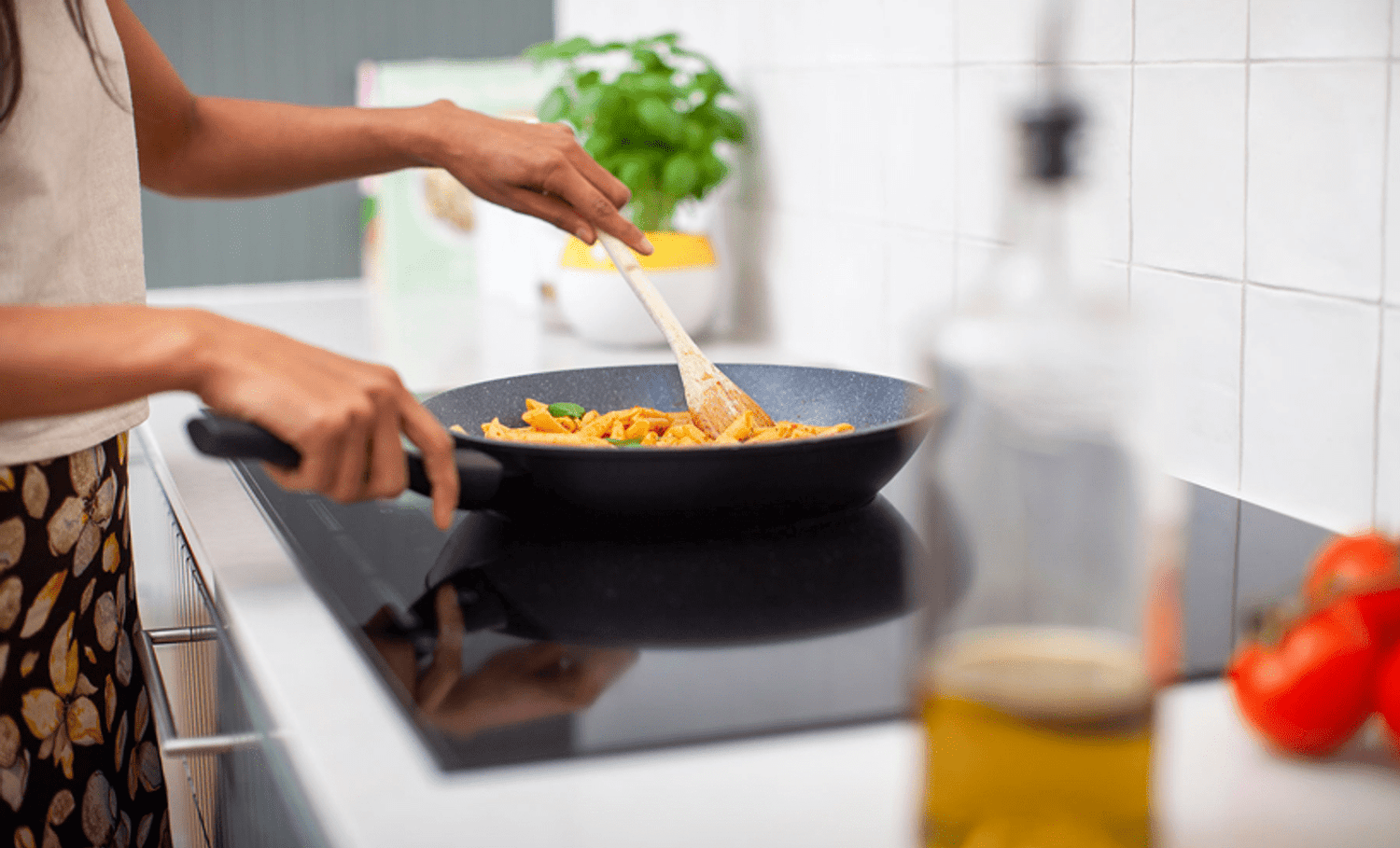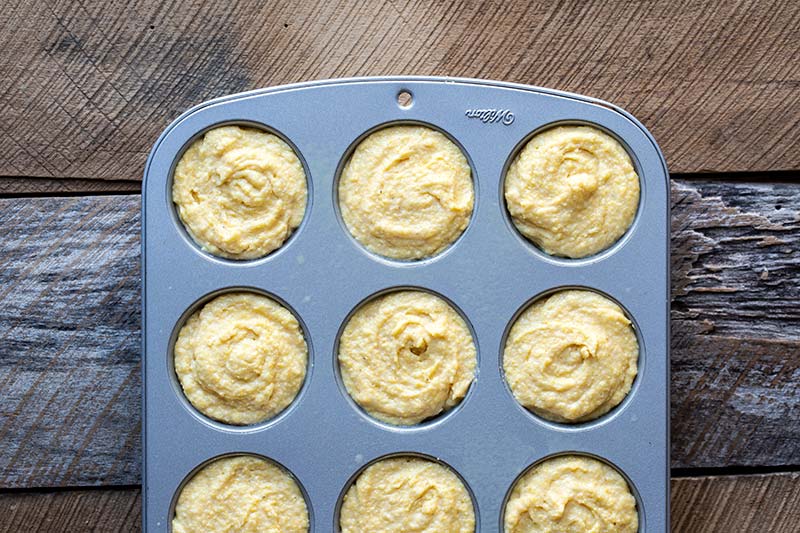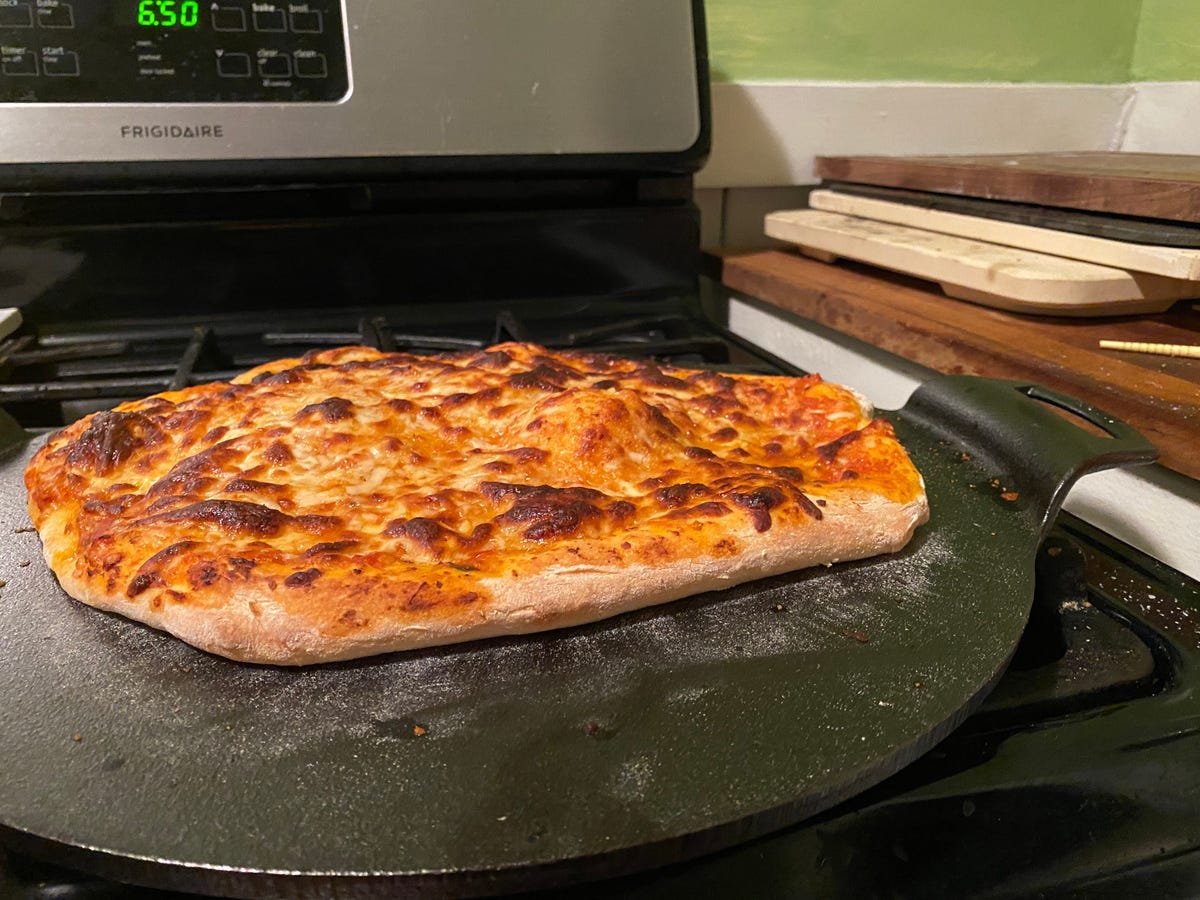In the bustling world of professional kitchens, chefs are constantly on the lookout for ways to enhance their culinary creations while maintaining efficiency. One technological advancement that has garnered attention is the induction cooktop, particularly its boost mode feature. However, a common question arises: How does cast iron react to induction boost mode? Understanding this interaction is crucial for kitchen professionals who rely on cast iron for its unparalleled heat retention and versatility.

The Science Behind Induction Cooking
Before delving into the specifics of how cast iron behaves in induction boost mode, it's important to grasp the fundamental principles of induction cooking. Unlike conventional gas or electric stoves, induction cooktops use electromagnetic fields to heat cookware directly. This method is not only energy-efficient but also allows for precise temperature control, making it a favored choice in many contemporary kitchens. For a more detailed explanation of how induction cooktops work, visit this informative resource.
Understanding Induction Boost Mode
Induction boost mode is a feature available on many induction cooktops that provides an extra surge of power to quickly heat up cookware. This is particularly useful in busy kitchen environments where time is of the essence. When boost mode is activated, the cooktop delivers an intense burst of energy, significantly reducing cooking times for tasks like boiling water or searing meats.
Harnessing the Power of Boost Mode
For chefs, the key advantage of boost mode is its ability to rapidly achieve high temperatures, which is ideal for searing and browning. However, its important to note that not all cookware can withstand the intense heat generated in boost mode. This is where cast iron comes into play.
How Cast Iron Reacts to Induction Boost Mode
Cast iron is renowned for its durability and excellent heat retention properties. When used on an induction cooktop in boost mode, cast iron exhibits several unique characteristics that chefs should be aware of:
Rapid Heating
One of the most notable reactions of cast iron to induction boost mode is its ability to heat up rapidly. While cast iron typically takes longer to heat up on conventional stoves, the immediate and direct heating from an induction cooktop allows it to reach high temperatures swiftly. This can be particularly advantageous for tasks like searing steaks or achieving a perfect crust on grilled cheese sandwiches.
Even Heat Distribution
Another benefit of using cast iron on an induction cooktop is its even heat distribution. The electromagnetic fields ensure that the heat is uniformly spread across the surface of the cast iron pan, minimizing the risk of hot spots and ensuring consistent cooking results. This characteristic is especially beneficial when preparing dishes that require precise temperature control.
Energy Efficiency
Using cast iron on induction in boost mode is also energy efficient. The direct transfer of heat means that less energy is wasted during the cooking process, which can lead to cost savings in professional kitchens. For more insights on the energy usage of cast iron on induction, explore this detailed article.
Tips for Using Cast Iron with Induction Boost Mode
To maximize the benefits of using cast iron on an induction cooktop in boost mode, consider the following tips:
Preheat with Caution
While cast iron heats up quickly in boost mode, its important to monitor the preheating process to avoid overheating. Cast iron retains heat exceptionally well, so once it reaches the desired temperature, it can be maintained with a lower power setting.
Choose Quality Cookware
Not all cast iron cookware is created equal. Ensure that your cast iron pans are induction-compatible and have a flat, smooth base to facilitate optimal contact with the cooktop. For recommendations on top-quality cast iron pieces, check out this guide from Lodge Cast Iron.
Experiment with Recipes
Induction boost mode opens up a world of possibilities for culinary experimentation. From sizzling platters to Asian-inspired dishes, theres no shortage of exciting recipes to try. For inspiration, browse through this collection of Asian sizzling platter recipes.

Frequently Asked Questions
Does using boost mode affect the longevity of cast iron?
When used appropriately, boost mode should not negatively impact the longevity of cast iron cookware. Its important to follow manufacturer guidelines and avoid overheating to maintain the integrity of the pan.
Can all cast iron cookware be used on induction cooktops?
Not all cast iron cookware is suitable for induction cooking. Ensure that your cookware is labeled as induction-compatible and has a smooth, flat base for optimal performance.
Is induction cooking with cast iron more energy-efficient than gas?
Induction cooking is generally more energy-efficient than gas because it heats the cookware directly rather than the surrounding air. This efficiency is further enhanced when using cast iron, which retains heat exceptionally well.
In conclusion, understanding how cast iron reacts to induction boost mode can significantly enhance the culinary capabilities of kitchen professionals. By harnessing the power of this cutting-edge technology, chefs can achieve superior cooking results with greater efficiency and precision.






Leave a comment
This site is protected by hCaptcha and the hCaptcha Privacy Policy and Terms of Service apply.